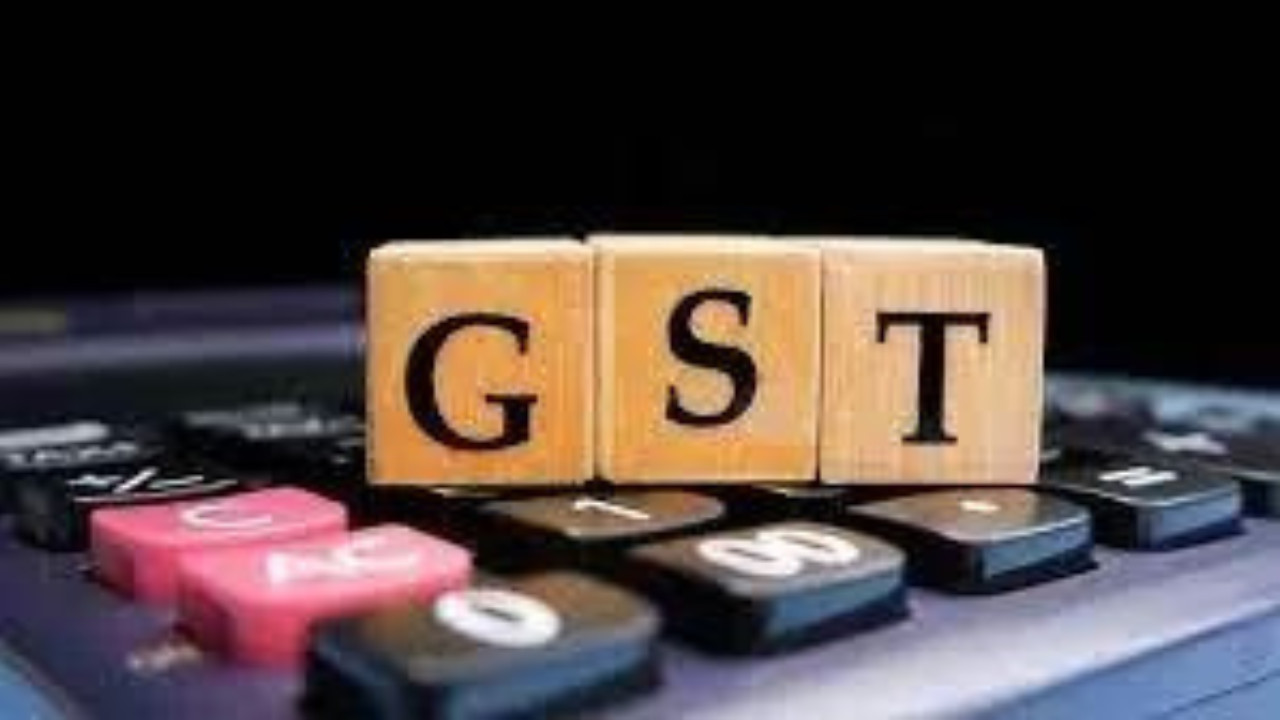Economists believe that the government’s proposed GST rationalisation will bolster domestic consumption, providing crucial support to the Indian economy amidst global headwinds like US tariffs. The reforms, benefiting MSMEs and consumers, aim to simplify the tax structure and boost disposable income. Reduced rates on essentials and consumer durables are expected to stimulate demand and offset weak urban consumption.
The GST Shake-Up: Could Simpler Taxes Unlock India’s Spending Power?
India’s Goods and Services Tax (GST), introduced with the promise of streamlining the tax landscape, might be on the verge of a significant makeover. For years, murmurs of simplification and rate rationalization have circulated, and now, it seems like those discussions are gaining serious traction. The potential impact on Indian consumers and the economy as a whole is considerable, and the chatter among economists is buzzing with a mix of anticipation and cautious optimism.
The current GST structure, while an improvement over the previous system, remains complex. Multiple tax slabs often create confusion, compliance burdens, and even distortions in the market. Imagine a small business owner struggling to classify their product correctly, or a consumer baffled by the varying GST rates on seemingly similar items. This complexity acts as a drag on efficiency and, ultimately, on economic growth.
What’s on the Table? A Potential Overhaul of GST Slabs
The proposed rationalization aims to address these challenges by reducing the number of tax slabs. Instead of the current multi-tiered system, a more streamlined approach with fewer rates is being considered. This simplification is expected to make compliance easier for businesses, particularly small and medium-sized enterprises (SMEs), freeing up resources and encouraging greater participation in the formal economy.
But what about the rates themselves? Discussions center around potentially merging some of the existing slabs and possibly introducing a revised rate structure that balances revenue generation with affordability for consumers. Some analysts predict a move towards fewer exemptions and a broader tax base, ensuring that more goods and services fall under the GST net.
Will Lower Rates Really Boost Spending? The Big Question
The real crux of the issue, and the point of most enthusiastic debate, is whether these proposed changes can actually ignite domestic consumption. The hope is that lower GST rates on essential and durable goods will make them more affordable, leading to increased demand. Think of it like this: a lower tax on appliances could encourage more households to upgrade their refrigerators or washing machines. Similarly, reduced rates on everyday essentials could ease the burden on household budgets, leaving consumers with more disposable income to spend on other goods and services.

But it’s not quite that simple. The effectiveness of this strategy hinges on several factors. Businesses need to pass on the benefits of lower tax rates to consumers, rather than simply pocketing the difference. Consumer sentiment and overall economic conditions also play a critical role. If people are worried about job security or inflation, they may be hesitant to spend, even if goods become slightly cheaper.
Focusing on Essentials and Durables: A Targeted Approach
One of the key focuses of the potential GST reform is on essential and durable goods. These are the items that have the biggest impact on household budgets and living standards. By reducing the tax burden on these goods, the government aims to improve affordability and boost consumption across all income levels. This targeted approach recognizes that stimulating demand for essentials and durables can have a ripple effect throughout the economy, benefiting manufacturers, retailers, and service providers alike.
For instance, reducing GST on construction materials could incentivize home ownership, supporting the real estate sector and related industries. Lower taxes on agricultural equipment could boost productivity in the farming sector, contributing to food security and rural incomes. The possibilities are vast, and the potential for positive impact is significant.
Challenges and Considerations Ahead for GST
Of course, any major tax reform comes with its own set of challenges. Ensuring revenue neutrality – that is, ensuring that the government doesn’t lose out on tax revenue as a result of the changes – is a key concern. Careful planning and modeling are needed to assess the potential impact of different rate scenarios and to identify measures to offset any revenue losses.
Furthermore, communication and coordination are essential. Businesses need clear guidance on the new rules and procedures, and consumers need to be informed about the changes in prices. A smooth transition is crucial to minimize disruption and to ensure that the benefits of the reform are realized quickly.
Perhaps linking this to a discussion about the impact of tax breaks on different income levels, internally linking to a hypothetical post titled: “Tax Breaks: Who Really Benefits?” would be relevant.
The Road Ahead: A Simpler, More Effective GST?
The potential rationalization of GST slabs represents a significant opportunity to unlock India’s economic potential. By simplifying the tax system, reducing compliance burdens, and stimulating domestic consumption, the reforms could pave the way for faster, more inclusive growth. While challenges remain, the momentum is building, and the prospect of a more efficient and effective GST system is within reach. It’s a development worth watching closely, as its impact will be felt across the entire Indian economy.







